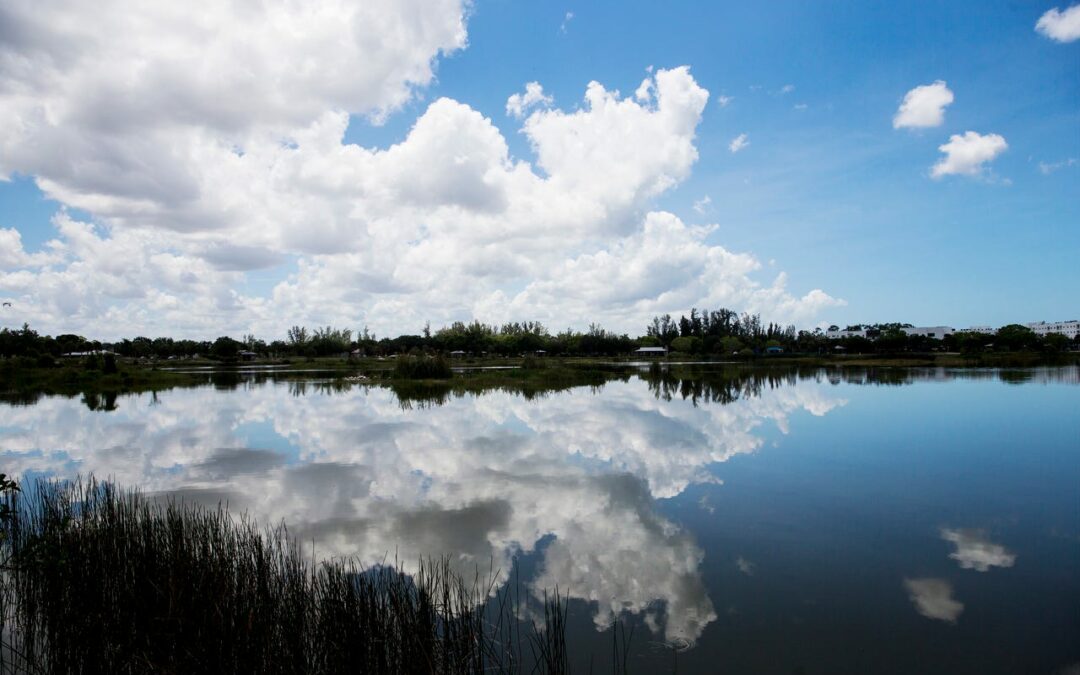Why does water quality continue declining in so many areas of the state while the legislature consistently brags about historic spending to fix the problem? This perplexing question seems to surface every year going back more than a decade.
One explanation is that those doing the polluting have become experts at avoiding regulation enabled by regulators looking the other way. State agencies, led by legislative directive, often use the term reasonable assurance in the context of issuing or renewing a permit or enforcing fines. But what does reasonable assurance really mean? Typically, it means that agencies take regulatory action stemming from best available data often of a scientific nature.
Those regulated including local governments and various polluting industries that perceive benefits from rampant growth have learned over time that less data can be a good thing when it comes to regulatory compliance, especially where water quality is an issue.
One of the most controversial examples is Agricultural Best Management Practices (BMPs), often required where regulations are in play to restore polluted waters. Agricultural operations, the largest contributor of nutrient pollution to many state waters, have two regulatory options when it comes to BMPs. One option involves the “check in the box” method indicating they did what they were supposed to do, for example with fertilizer application and the other involves water quality monitoring to develop data for regulatory compliance. It’s not surprising that none have chosen the water quality monitoring option that could identify the operation not in compliance.
Restoring waters impaired for excess pollutants is supposed to be a priority in Florida where restoration is meat to occur through a state regulatory program called a Basin Management Action Plan (BMAP) that uses monitoring data to identify areas of the watershed contributing the most pollutants.
Sadly, FDEP has determined that there is insufficient data to prioritize restoration in many if not most BMAP targeted restoration areas of the Caloosahatchee and Lake Okeechobee watersheds. As just one example, 70 percent of the Caloosahatchee River targeted restoration areas have insufficient data for phosphorus that underlies harmful algal blooms. Yet, the problem of insufficient data for both watersheds has worsened since 2014. The result is that restoration becomes a mirage while pollutant concentrations continue trending up, often aggravated by accelerated growth that adds to the cumulative pollution already occurring.
Stormwater runoff and associated pollutants are regulated by FDEP permit in many urban communities. As you might have guessed, monitoring data is required for verifying compliance and permit renewal. Some of these permittees have figured out that FDEP will often presume compliance resulting from a reasonable assurance decision that monitoring data reported by the permittee represents the best available, even if inappropriately collected.
In some cases, consultants and legal counselors have gone as far as recommending the permittee not monitor and report water quality within their community jurisdiction for fear of regulatory compliance. Instead, monitoring data are reported from an offsite area that prevents specifically identifying the source of the pollution. The result is presumed compliance allowing permit renewal, perpetuating the cycle of ineffective regulation justified as representing reasonable assurance. Unfortunately, this broken process requires progressively more publicly funded restoration that parallels the increased rate of water quality decline.
Perpetuating the narrative that increased funding is the solution while promoting ineffective regulation that favors rampant growth and deep pocketed special interests, will continue to make the problem worse overall.
Contact your legislators and tell them you want water quality improvements that balance funding support with effective regulatory programs, that give water quality restoration an even chance, and makes the polluter pay their fair share.
Read Column on News-Press.com
























